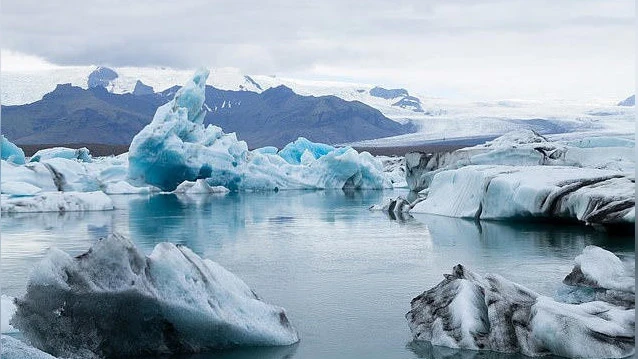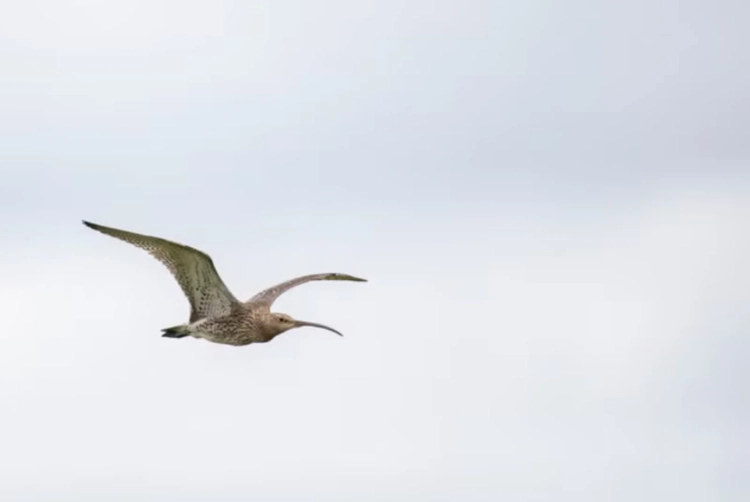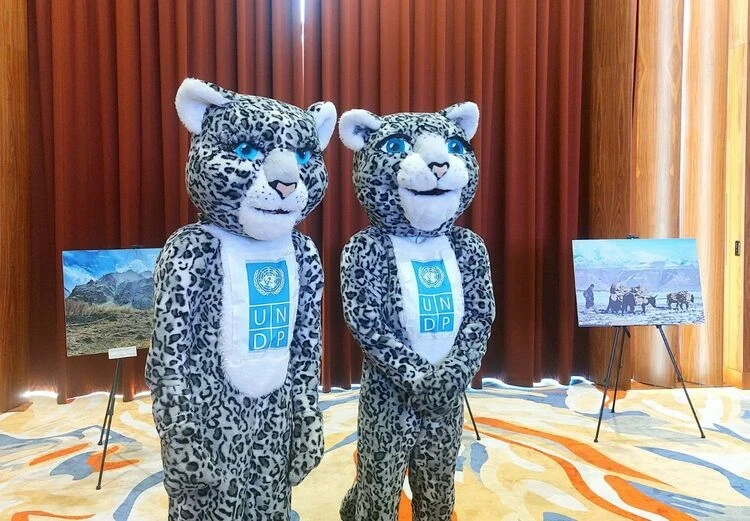
Linguists from the USA and Britain compared the meanings of the most basic and simple words in 80...
Another pelican has arrived at the rehabilitation center of the NGO "Bugu-Ene." This...
For the first time in Iceland's history, the change in the Atlantic Meridional Overturning...
Object 3I/ATLAS, which was discovered in July of this year and has a mass comparable to Manhattan,...

Iceland has identified the threat of the destruction of the Atlantic Meridional Overturning...

The evolution of consciousness - part of the overall process of historical development of humanity...

How long will the regression of the "pearl of Ala-Tuu" last? The famous aphorism...

WAKE An atoll consisting of 3 islands (Wake, Wilkes, and Peale) in the central part of the Pacific...

Corncrake - Crex crex A small bird measuring 22-25 cm in length and weighing about 150 g. It...

Sizovoronka. A bird of the sizovoronkov family. It inhabits sparse old forests, edges, clearings,...
In the context of rising global temperatures and the intensifying impacts of climate change, a...

The fauna of the Chui Valley is part of the Western Tienir-Tous zoogeographic region. According to...

As previously reported, on November 26, at the ninth session of the Intergovernmental Committee...

As sad as it is to realize, our time has become a period in Earth's history marked by the...

Large Turtle Dove. The total body length is 340–345 mm, and the wingspan is 590–600 mm. The head...

The history of cultural development of humanity knows that ancient people, in a certain sense,...
A monumental event in the life of Kyrgyzstan and all peace-loving humanity. This will be about the...

Goshawk. The size is medium, about 1.5 times larger than a crow. Goshawks are the largest species...

Great Cormorant A large, goose-sized, aquatic bird with almost entirely black plumage, an...
In the Chui region, in the Jayil district, a terrible road accident occurred, reports a...

Pastushok A small bird (weighing up to 170 g), it runs excellently and is closely associated with...

Osayed (common, crested). A daytime predator of the hawk family from the falconiformes order. A...
According to information provided by the inspector of the press service of the State Traffic Safety...

The slender-billed curlew, once a common migrant that nested in Central Asia and wintered along...
A tragic incident occurred in Batken, resulting in the death of a man who left behind two children,...

It turns out that birds do not act randomly when choosing their targets. A survey showed that...

Paleontologist Paul Sereno studies the fossil of the duck-billed dinosaur Edmontosaurus The...
In his address dedicated to the International Snow Leopard Day, President Sadyr Japarov noted that...

Scholar Kadyrbek Atambaev, the son of Kyrgyz President Almazbek Atambaev, has released a monograph...

Heron (white, gray, reddish). A genus of large (80-100 cm and above) birds of the heron family....
In Bishkek, the search continues for 67-year-old Kim Jong Kyun, who disappeared on October 9. He...

Elon Musk, the head of Tesla and SpaceX, also supported Sachs' statement by posting it on his...

Common Nightjar - a nocturnal bird. Its back is brownish-gray, with darker mottling and blackish...
A fire incident involving a passenger car occurred in Manas. According to witness reports, the...
Chyngyz S. from Kant contacted the editorial office of Kaktus.media with a complaint about the...

The signing of the joint plan for the import and adaptation of Amur tigers took place during...
According to information provided by scientists from IKI and ISZF, the Sun experienced the second...

Photo 24.kg. Forum "Business, Ecology, and Sports — Ak-Irbis 2025" In Bishkek, a forum...

The body of Natalia Denisенко, a 45-year-old patient of the Jayil psychiatric hospital, was found...
The opening ceremony of the World Sambo Championship took place in Bishkek, at the sports and...
46-year-old Tariel Sagaziev, who works as a senior inspector in the public safety service of the...

As Abdolalizade emphasized, the water crisis affects not only Iran but also other countries in the...

The herpetofauna of Kyrgyzstan is generally impoverished, which is explained by the physical and...

Mallard - a large duck. Males weigh 1.0-1.3 kg in spring, up to 1.7 kg in autumn. The male has a...